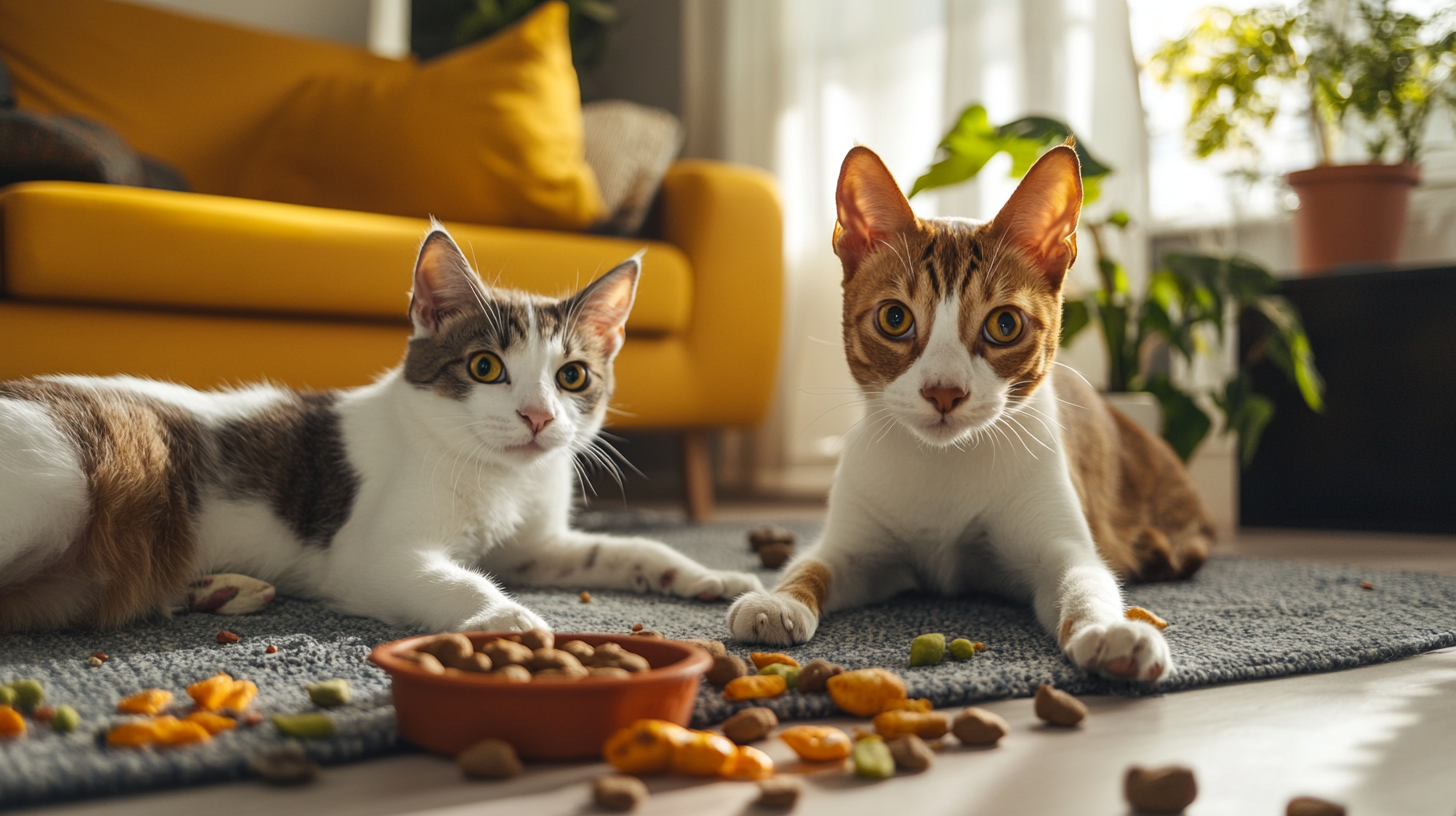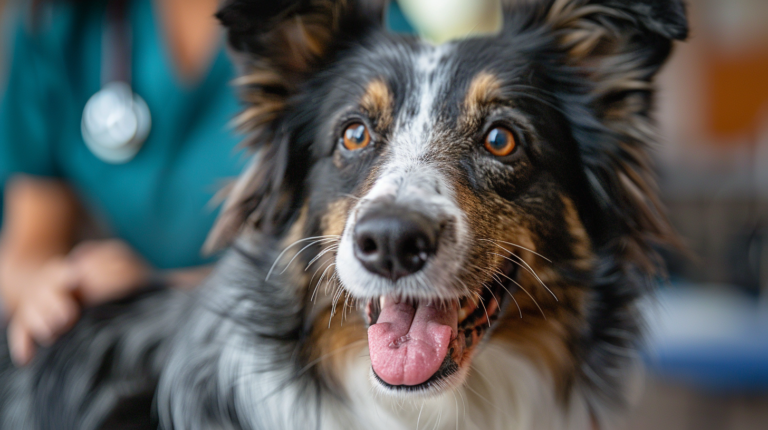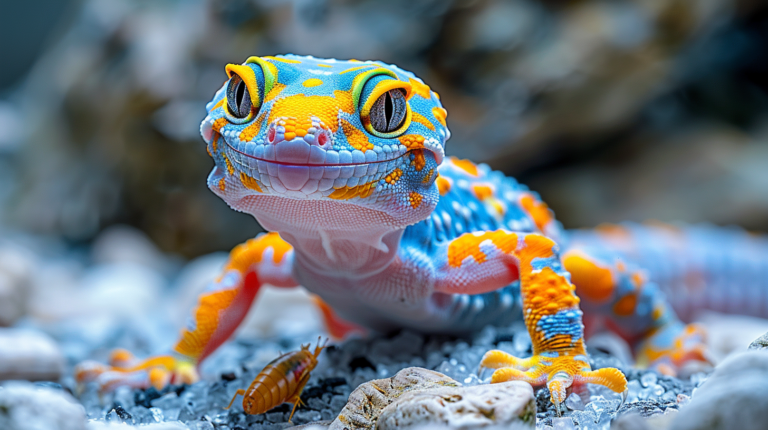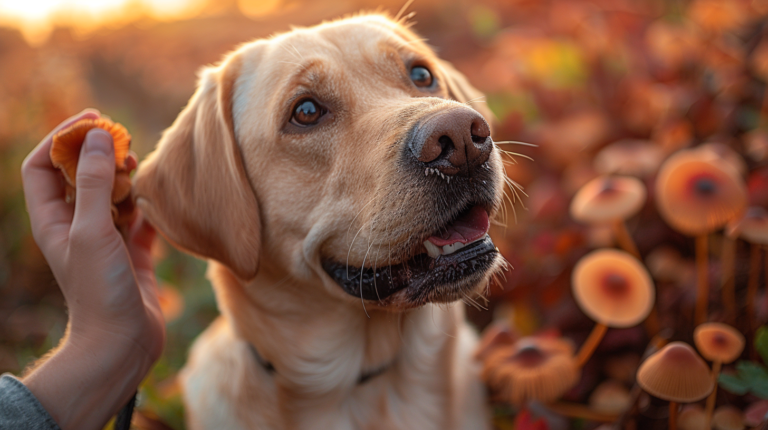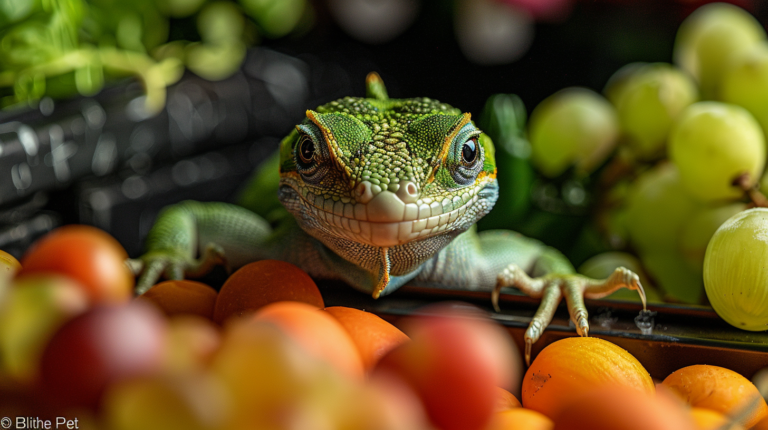Discover 6 effective ways to introduce foraging for pets into your daily routine. These natural feeding methods improve behavior, provide enrichment, and enhance your pet’s wellbeing.
Table of Contents
Introduction: The Natural Joy of Foraging for Pets
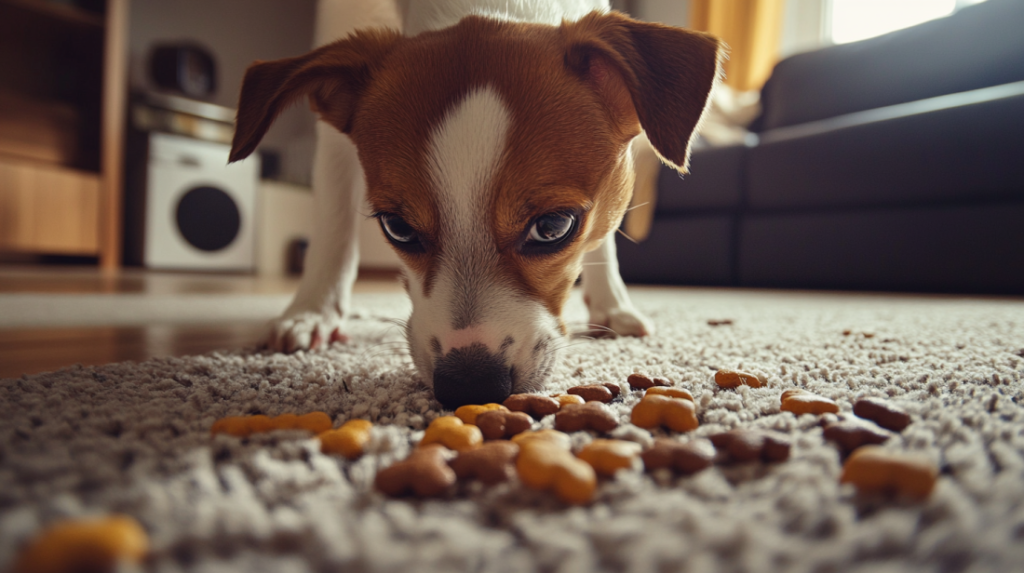
In the wild, animals spend a significant portion of their day searching for food—sniffing, digging, hunting, and problem-solving to meet their nutritional needs. This instinctual behavior, known as foraging, is deeply embedded in our pets’ DNA, yet modern pet care has largely eliminated this natural activity. Today’s pets typically eat from bowls, with meals served at consistent times in the same location, day after day.
While convenient for pet owners, this routine denies our furry companions the mental stimulation and physical activity that foraging naturally provides. According to a 2023 study published in the Journal of Veterinary Behavior, pets who engage in foraging activities show reduced stress levels, decreased behavioral problems, and improved overall well-being compared to those with traditional feeding routines.
Foraging for pets isn’t just a trend—it’s a return to biological basics that can dramatically enhance your pet’s quality of life. Whether you have a dog, cat, rabbit, or bird, implementing foraging activities can provide much-needed mental stimulation, increase physical activity, and satisfy natural instincts that might otherwise manifest as problematic behaviors.
This comprehensive guide explores six accessible ways to introduce foraging enrichment to your pet’s routine, transforming mealtime from a mundane necessity into an engaging, rewarding activity that benefits both their physical and psychological health.
Why Foraging Matters: The Science Behind Natural Feeding Behaviors
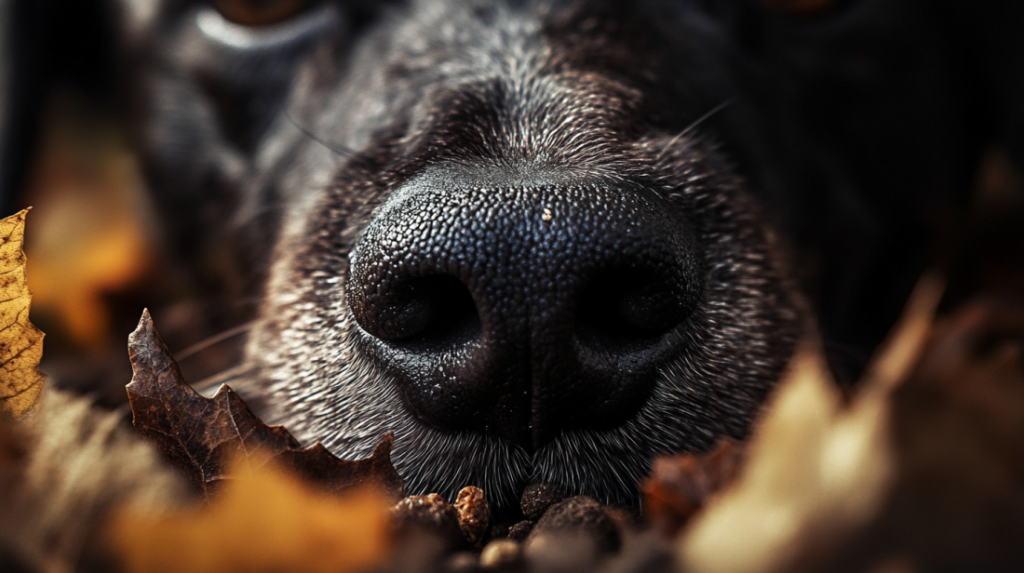
Before diving into practical implementation, it’s important to understand why foraging for pets is so beneficial. Dr. Maria Sanchez, veterinary behaviorist at the American Animal Behavior Center, explains: “When animals forage, they engage multiple senses—smell, sight, touch, taste—while also using problem-solving skills. This sensory and cognitive engagement triggers positive neurological responses that we simply don’t see with conventional feeding methods.”
The Benefits of Foraging for Pets Include:
- Mental Stimulation: Foraging activities challenge your pet’s brain, preventing boredom and cognitive decline
- Physical Exercise: The act of searching, digging, or manipulating objects to access food provides low-impact physical activity
- Stress Reduction: Natural behaviors like foraging release dopamine, creating positive emotional associations
- Slowed Eating: Many pets eat too quickly when food is readily available, causing digestive issues; foraging naturally slows consumption
- Behavioral Problem Prevention: Bored pets often develop destructive behaviors; foraging redirects energy into appropriate activities
- Weight Management: The increased activity and slower eating associated with foraging can help maintain healthy weight
According to the Pet Enrichment Association, pets who regularly engage in foraging activities show a 37% reduction in anxiety-related behaviors and a 42% decrease in destructive behaviors compared to those without enrichment.
Now, let’s explore six effective ways to incorporate foraging into your pet’s routine, regardless of species, living situation, or budget.
1. Scatter Feeding: The Simplest Form of Foraging for Pets

Scatter feeding is exactly what it sounds like—scattering your pet’s food across a designated area rather than serving it in a bowl. This simple technique mimics how animals would naturally find food in the wild: dispersed rather than concentrated in one spot.
How to Implement Scatter Feeding:
- Start small: Scatter a portion of your pet’s regular meal in a limited area
- Choose appropriate surfaces: For dogs and cats, clean floors, snuffle mats, or dedicated feeding rugs work well
- Consider your pet’s mobility: For older pets or those with physical limitations, scatter food in easily accessible areas
- Gradually increase difficulty: As your pet becomes accustomed to scatter feeding, expand the search area or add simple obstacles
Dr. James Wilson, canine nutritionist, notes: “Scatter feeding transforms a five-minute meal into a 15-20 minute engaging activity. This simple change can reduce a dog’s daily stress hormone levels by up to 18%.”
For small animals like rabbits or guinea pigs, scatter feeding fresh vegetables and herbs among their hay encourages natural foraging behaviors. Bird owners can scatter seed mixes in specialized foraging trays or among safe, clean branches.
Pro Tip: For apartment dwellers concerned about hygiene, dedicated foraging mats that can be easily cleaned offer the benefits of scatter feeding without the mess. The BlithePet Foraging Mat (available at BlithePet.com) is designed specifically for indoor scatter feeding with antimicrobial properties and machine-washable construction.
2. DIY Foraging Toys: Budget-Friendly Enrichment Solutions
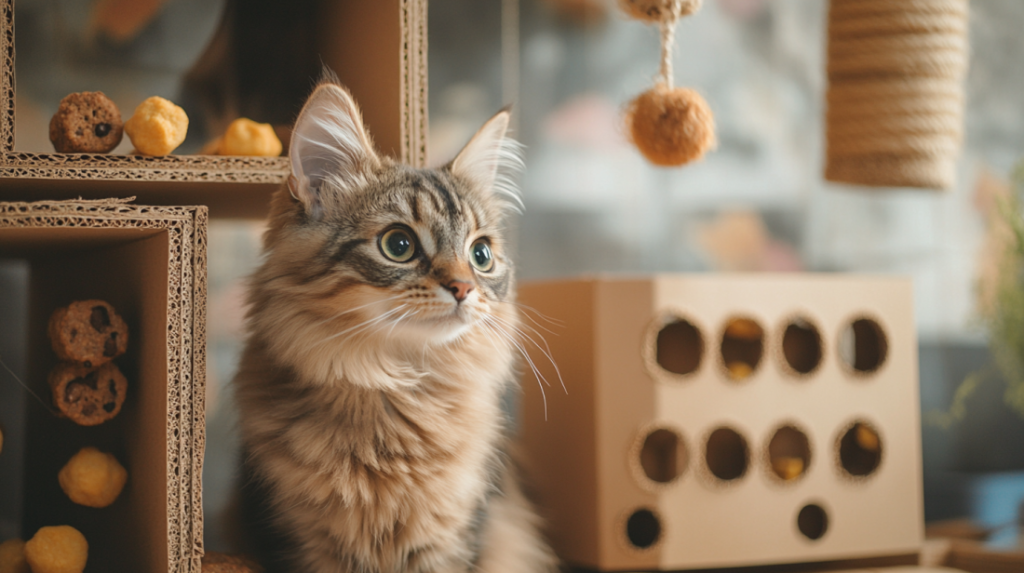
Commercial puzzle feeders and foraging toys can be expensive, but DIY alternatives can be just as effective while saving money and reducing waste. Creating homemade foraging toys also allows you to customize difficulty levels and replace items as your pet’s skills improve.
Simple DIY Foraging Toys for Dogs:
- Muffin Tin Challenge: Place treats in some cups of a muffin tin and cover all cups with tennis balls
- Towel Roll-Up: Spread treats along a towel, then roll it up so your dog must unravel it
- Cardboard Puzzle: Cut holes in a cardboard box, place treats inside, and let your dog figure out how to extract them
- Ice Block Treats: Freeze kibble or treats in an ice block during summer for a cooling foraging challenge
DIY Cat Foraging Creations:
- Egg Carton Puzzle: Place treats in compartments of a cardboard egg carton and partially close it
- Paper Bag Stations: Hide treats in crumpled paper bags (remove handles for safety)
- Toilet Paper Roll Dispensers: Place treats inside toilet paper rolls, fold the ends, and cut small holes for difficulty
- Foraging Box: Fill a shallow box with ping pong balls or cat toys with treats hidden underneath
According to a 2022 survey by the Association of Pet Enrichment Specialists, pets who regularly interacted with rotating DIY foraging toys showed 27% more cognitive flexibility than those with static feeding routines.
Safety Note: Always supervise your pet with DIY toys and remove any items that become damaged. Avoid materials with toxic glues, staples, or small parts that could be ingested.
3. Specialized Feeding Equipment: Investing in Foraging Tools

For those willing to invest in purpose-built solutions, the market offers an impressive array of foraging equipment designed to provide safe, durable options for foraging for pets. These products are typically designed by animal behaviorists with specific species needs in mind.
Top Foraging Equipment Categories:
For Dogs:
- Snuffle Mats: Fabric mats with flaps and pockets where kibble can be hidden
- Treat-Dispensing Balls: Rolling balls that release kibble as the dog manipulates them
- Lick Mats: Textured mats where wet food or pastes can be spread, extending eating time
- Puzzle Feeders: Multi-compartment feeders requiring problem-solving to access food
For Cats:
- Indoor Hunting Feeders: Systems that mimic prey, requiring cats to “hunt” for their food
- Treat Mazes: Stationary puzzles where cats must navigate obstacles to reach food
- Activity Boards: Interactive boards with various challenges requiring paw manipulation
- Food Trees: Vertical structures where food gradually falls as cats interact with elements
For Small Animals:
- Forage Balls: Balls with holes that dispense hay or pellets as they’re rolled
- Hanging Vegetable Holders: Devices that secure vegetables, encouraging natural reaching
- Treat-Stuffable Toys: Chewable toys with compartments for hiding treats
A 2023 comparative study published in Applied Animal Behavior Science found that dogs using specialized foraging equipment spent 73% more time eating the same amount of food compared to bowl feeding, resulting in improved digestion and satisfaction.
Expert Insight: Dr. Emily Richardson, feline behavior specialist, recommends: “Rotate between 3-4 different foraging devices to prevent your cat from mastering and becoming bored with any single challenge. This rotation stimulates different problem-solving pathways in the brain.”
4. Natural Foraging Environments: Bringing the Wild Indoors

Creating naturalistic foraging environments allows pets to engage with elements similar to what they would encounter in the wild. These setups can be elaborate outdoor installations or simple indoor arrangements that simulate natural foraging conditions.
Indoor Natural Foraging Ideas:
- Sensory Bins: Fill shallow containers with pet-safe substrates like unscented paper bedding, natural fabrics, or shredded paper and hide treats throughout
- Dig Boxes: For dogs with natural digging instincts, create designated digging areas with sand or soil where treats can be buried
- Grass Gardens: Grow pet-safe grasses indoors where small bits of food can be hidden
- Branch Arrangements: For birds and small animals, arrange natural branches with hiding spots for treats
Outdoor Natural Foraging Options:
- Sniff Gardens: Designate garden areas with pet-safe plants where treats can be hidden
- Rock Arrangements: Create formations with gaps where treats can be placed for pets to discover
- Log Piles: Safely arranged log piles provide excellent hiding spots for treats
- Leaf Piles: Seasonal leaf piles make excellent foraging grounds (ensure leaves are from non-toxic trees)
Research from the Companion Animal Psychology Institute shows that pets with access to natural foraging environments exhibit 31% fewer symptoms of anxiety and depression compared to those without such enrichment.
Seasonal Adaptation: Jessica Torres, certified animal enrichment specialist, advises: “Change your natural foraging setups seasonally. Use snow mounds in winter, fallen leaves in autumn, and shallow water features in summer. These seasonal variations prevent habituation and keep foraging fresh and engaging.”
5. Food Preparation Techniques: Extending the Foraging Experience

How you prepare and present your pet’s food can significantly extend their foraging experience, even without specialized equipment. These techniques work with your pet’s regular diet but transform how they access and consume it.
Food Preparation Methods for Extended Foraging:
Freezing Techniques:
- Frozen Kongs/Containers: Fill Kong toys or similar containers with wet food or appropriate mixtures and freeze
- Ice Cube Treats: Freeze small portions of wet food, broth, or pureed vegetables in ice cube trays
- Frozen Food Blocks: For larger dogs, freeze entire meals in containers for extended licking and chewing
- Pupsicles: Create pet-friendly frozen treats with appropriate ingredients based on your pet’s diet
Food Stuffing Approaches:
- Hollow Toys: Fill toys with layers of soft and hard foods requiring different extraction techniques
- Natural Stuffers: Use hollowed vegetables like cucumbers as edible, stuffable items
- Lick Mat Layering: Create layers of different textures on lick mats for extended engagement
Textural Modifications:
- Food Wrapping: Wrap small portions of food in digestible wrappings like thin slices of meat
- Mixed Consistency: Combine wet and dry foods to create varied textures requiring different eating techniques
A study from Tufts University Veterinary School found that dogs who regularly consumed frozen food preparations spent an average of 17 minutes longer eating the same caloric content compared to standard feeding methods, resulting in improved satiety and decreased begging behaviors.
Veterinary Perspective: Dr. Carlos Martinez, veterinary nutritionist, points out: Beyond the behavioral benefits, extended feeding times through food preparation techniques can improve digestion by allowing the gastric emptying reflex to function more naturally, reducing the risk of bloat in susceptible breeds.
6. Foraging Training Games: Teaching Pets Advanced Foraging Skills

Foraging isn’t just about hiding food—it can be developed into interactive games that build upon your pet’s natural abilities and strengthen your bond. These structured activities teach pets increasingly complex foraging skills while providing quality interaction time.
Progressive Foraging Games:
Beginner Level:
- Name That Treat: Hide treats in plain sight while naming them, gradually increasing distance
- Hot and Cold: Guide your pet to hidden treats using excited or subdued tones
- Follow the Trail: Create simple scent trails leading to food rewards
- Cup Game: Hide treats under one of three cups and encourage your pet to select the correct one
Intermediate Level:
- Treat Circuit: Create a sequence of different foraging challenges to complete in order
- Increasing Elevation: Gradually place foraging challenges at different heights
- Time-Delay Searches: Hide treats while your pet waits, then release them to search
- Container Discrimination: Teach pets to search specific types of containers while ignoring others
Advanced Level:
- Multi-Room Hunts: Extend searches across multiple rooms
- Scent Discrimination: Train pets to find specific scents among distractors
- Sequential Puzzles: Create puzzles where one solution leads to the next challenge
- Group Foraging: Organize foraging activities that multiple household pets can enjoy together
Research published in the Journal of Applied Animal Psychology found that dogs who participated in structured foraging games three times weekly showed 23% improvement in problem-solving abilities on unrelated tasks compared to a control group.
Training Expert Insight: Miguel Santos, certified professional dog trainer, explains: “Foraging games build ‘behavioral resilience’—the ability to work through challenges without stress or frustration. This skill transfers to many aspects of a pet’s life, from veterinary visits to adapting to household changes.”
Tailoring Foraging to Special Needs Pets
Foraging for pets should be accessible to all animals, including those with special needs. With thoughtful modifications, pets with various limitations can safely enjoy the benefits of foraging activities.
Adaptations for Common Special Needs:
Senior Pets:
- Use elevated platforms to reduce bending
- Incorporate familiar scents to compensate for diminished senses
- Choose softer materials that are gentle on aging teeth and joints
- Create clear visual contrast for pets with diminishing vision
Mobility Impaired Pets:
- Concentrate foraging activities within easy reach
- Use rolling puzzles that can be manipulated with minimal movement
- Create foraging stations accessible from comfortable resting positions
- Consider motion-activated dispensers that require minimal physical effort
Visually Impaired Pets:
- Emphasize scent-based foraging activities
- Use sound-producing foraging toys
- Maintain consistent layouts to build confidence
- Incorporate textural cues to guide foraging
Anxious Pets:
- Start with extremely simple challenges to build confidence
- Use high-value rewards initially
- Keep foraging areas in low-stress environments
- Gradually increase difficulty only after success is established
Dr. Lisa Pattison, veterinary rehabilitation specialist, notes: “Adapted foraging may actually be most beneficial for special needs pets, as it provides much-needed enrichment for animals who might otherwise have limited environmental interaction due to their conditions.”
Implementation Schedule: Creating a Sustainable Foraging Routine
Consistency is key to successful foraging for pets. This sample schedule offers a framework for incorporating various foraging activities into your pet’s routine:
| Day | Morning | Afternoon | Evening |
| Monday | Scatter feeding breakfast | Quick foraging game | Puzzle feeder for dinner |
| Tuesday | Frozen stuffed toy for breakfast | Rest day (standard bowl) | Natural foraging area |
| Wednesday | Food preparation technique | Simple DIY toy | Scatter feeding |
| Thursday | Puzzle feeder rotation | Training game | Standard bowl (rest) |
| Friday | Scatter feeding | Rest day (standard bowl) | Frozen food technique |
| Weekend | Extended natural environment session | New challenge introduction | Review and adjust difficulty |
Animal behavior consultant Rebecca Warren recommends: “Don’t feel pressured to eliminate conventional feeding entirely. Many pets benefit from a hybrid approach where some meals are served traditionally and others involve foraging, especially when starting out.”
Common Mistakes to Avoid When Introducing Foraging for Pets
As you implement foraging for pets activities, be aware of these common pitfalls:
- Starting too difficult: Beginning with challenges that are too complex can frustrate pets and create negative associations
- Inconsistent reinforcement: Foraging should reliably result in rewards to maintain motivation
- Overlooking hygiene: Regularly clean all foraging equipment to prevent bacterial growth
- Failing to supervise: Always monitor pets during new foraging activities to ensure safety
- Neglecting dietary considerations: Ensure foraging treats factor into daily caloric intake
- Forgetting rotation: Using the same foraging methods repeatedly can lead to boredom
- Ignoring individual preferences: Not all pets enjoy the same types of foraging activities
A survey by the Companion Animal Enrichment Association found that 62% of pet owners who discontinued foraging activities cited “lack of pet interest” as their reason, yet follow-up interviews revealed that most had simply chosen inappropriate activities for their specific pet’s preferences or abilities.
Measuring Success: How to Tell If Foraging Is Benefiting Your Pet
Effective foraging for pets should produce observable positive changes. Look for these indicators that your foraging program is successful:
- Increased engagement: Your pet shows enthusiasm when foraging equipment appears
- Improved patience: Less whining, begging, or demand behaviors around mealtimes
- Reduced destructive behaviors: Decreased inappropriate chewing, scratching, or digging
- Better rest patterns: More settled behavior between activities
- Healthy weight maintenance: Appropriate weight without food restriction
- General demeanor: Overall calmer, more satisfied behavior
- Problem-solving improvements: Increased competence with new challenges
“The most telling sign of successful foraging enrichment isn’t just engagement with the activities themselves,” explains animal behaviorist Dr. Jonathan Meyers, “but positive behavioral changes during non-foraging periods. This indicates the activities are meeting deep psychological needs.”
FAQs About Foraging for Pets
Q: How much of my pet’s daily food should be provided through foraging activities?
A: For beginners, start with 25-30% of daily food through foraging, gradually increasing to 50-75% as your pet becomes more proficient. Most experts recommend maintaining at least one conventional meal daily, especially for pets with special dietary needs or medical conditions.
Q: Can foraging help with my pet’s weight management?
A: Yes, foraging typically slows eating speed and increases physical activity, both beneficial for weight management. A 2023 study found that overweight dogs who switched to foraging-based feeding lost an average of 7% more weight over three months compared to portion control alone.
Q: My pet seems frustrated with foraging toys. Should I give up?
A: Frustration usually indicates the challenge level is too high. Try simplifying the activity by making rewards more accessible, demonstrating how to access food, or switching to a different foraging method better suited to your pet’s natural abilities.
Q: Is foraging appropriate for all pets regardless of age?
A: Yes, but with age-appropriate modifications. Puppies and kittens benefit from simple foraging that builds foundation skills, adult pets can handle complex challenges, and senior pets may need accommodations for sensory or mobility changes.
Q: How do I prevent resource guarding during foraging activities in multi-pet households?
A: Provide separate foraging areas with adequate distance between pets, ensure plenty of resources so competition is unnecessary, and gradually decrease distance as pets demonstrate comfortable sharing behaviors. Some pets may always need separate foraging sessions.
Q: Can foraging help with my pet’s separation anxiety?
A: Many behaviorists recommend foraging activities for separation anxiety management. Complex foraging toys provided just before departure give pets positive focus during the critical first 30 minutes alone and create positive associations with your leaving routine.
Your Next Steps in Foraging Enrichment
For more expert pet care tips and product recommendations to enhance your pet’s foraging experience, visit BlithePet.com — your trusted source for pet wellness information and quality enrichment tools designed by animal behavior specialists.
Ready to transform your pet’s mealtime into an enriching, instinct-satisfying experience? Start with just one of the techniques described above, observing your pet’s response and adjusting accordingly. Remember that successful foraging for pets is not about creating work for your pet but about providing opportunities for them to engage in deeply satisfying natural behaviors.
Conclusion: The Gift of Natural Behavior
Implementing foraging for pets goes beyond simple enrichment—it’s about honoring our companions’ biological nature. By reintroducing this fundamental behavior into their daily routine, we provide mental stimulation, physical activity, and instinctual fulfillment that standard pet care often overlooks.
As Dr. Amanda Rodriguez, animal welfare scientist, eloquently states: “When we watch a pet engaged in successful foraging, what we’re witnessing is an animal experiencing a profound sense of competence and capability—feelings that are essential to psychological well-being across species.”
Begin your foraging journey with patience, observation, and flexibility. The perfect approach for your specific pet may require some experimentation, but the resulting improvements in behavior, engagement, and overall well-being are well worth the effort.
Have a similar experience with your pet? Share it in the comments below!

